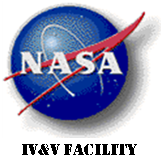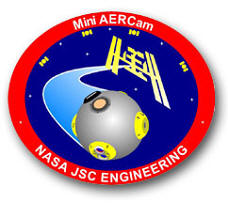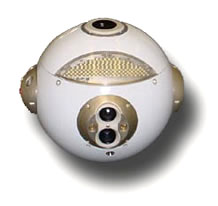Triakis' second research grant from the NASA Independent Verification and Validation (IV&V) Facility is initially focused on developing a complete virtual system integration laboratory (VSIL) of the Mini-AERCam nanosatellite.
We will use this VSIL to run the executable flight software and conduct an empirical assessment of the system and software behavior in response to a wide range of enhanced system and component failure conditions. Enhanced failure conditions is a term used to describe failure scenarios that are difficult, expensive, or otherwise impractical to realistically produce in a hardware integration laboratory environment.
All parts within the simulator will implement the virtual equivalent of their real-world counterparts and will incorporate intrinsic failure modes of interest that can be manifested under test control. For example, memory parts may incorporate failures representing single event upsets characteristic of burst ionizing radiation. Thrust control valve parts may incorporate failure modes such as stuck open, stuck closed, stuck partially actuated, slow response, etc. The various failures may be invoked dynamically during critical moments to assess how the controlling software responds.
This capability will allow the Johnson Space Center's (JSC) software assurance team to compliment their domain of analysis tools with the domain of independent flight software testing. We anticipate that expansion of the team's verification domain will result in greater mission and safety assurance.
This research effort is funded by the NASA Office of Safety & Mission Assurance (OSMA) Software Assurance Research Program (SARP), and managed by the NASA IV&V Facility. The final report for this project along with a demo simulator and other documentation may be downloaded from the SARP Results website at:
http://sarpresults.ivv.nasa.gov/ViewResearch/13/53.jsp










